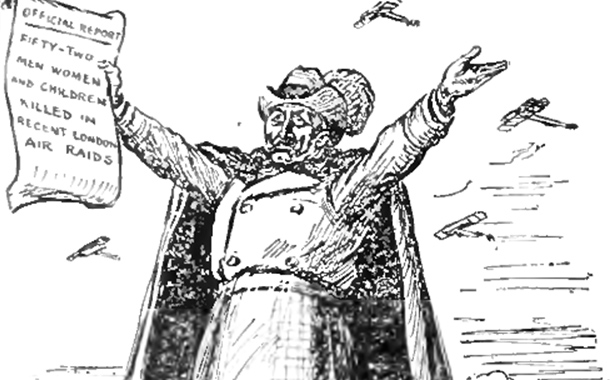<![CDATA[Countless civilizations - from the Assyrians and Akkadians, to the Babylonians and Romans - have left their mark on the rich lands of Mesopotamia. As a result, the region is full of unique antiquities such as old burial grounds, ancient cities, monumental art works, ancient temples and spectacular palaces. Most of these sites are located in lands that are now a part of Iraq and Syria, countries that are threatened by terrorism and the likes of the Islamic State. Antiquities officials report that a number of the region's ancient relics are systematically being demolished or sold on the black market by Islamic State militants, to fund their terrorist activities. Some artefacts have also been demolished in spates of religious zealotry, in order to remove anything that the Islamic State leaders perceive as heresy. Experts suggest that such widespread damage of the region's treasures could lead to evidence of the area's entire history being erased within a few years. According to Qais Hussein Rahid, the head of the Museums Department in Iraq, numerous black market dealers have set up shop, particularly in regions that are controlled by the Islamic State, to snap up these ancient relics the moment they appear on the market. Reports suggest that when the militants captured the city of Musul and the surrounding Nineveh Province, almost 1800 of the 12000 archaeological sites registered in Iraq came under their control. Some of the most important historical sites under the control of the Islamic State include the ancient cities of Kalhu, Dur Sharrukin, Ashur and Nineveh; all of which were capitals of the Assyrian Empire at one time or another. The greatest damage has been suffered at the ancient Kalhu grand palace, from where the Assyrian King Ashurnasirpal II ruled during the ninth century BC. The palace walls were lined with reliefs describing the king's conquests in great detail, and beautiful art forms depicting him making sacrifices to the gods. According to reports, these reliefs are being torn into small parts and sold on the black market. What makes it even worse is that the thieves make no attempt to carefully excavate the artefacts. They simply use a chainsaw to cut out the parts they want, regardless of how much damage is caused to other ancient constructions, or items in the vicinity. In fact, just recently, a relief that depicted a winged dragon holding an ancient sacred plant was sold abroad. Local experts state that other sites will soon begin to face destruction at the hands of the Islamic State militants. One of the most threatened sites is the City Museum in Mosul, a museum that is home to a rare collection of ancient Assyrian artefacts. The 2300 year old city of Hatra and its breathtaking temples are also known to be in a perilous position. The militants have already destroyed at least thirty sites in and around Mosul, including several centuries old shrines. To try and halt the disturbing process, the United Nations' cultural agency UNESCO has deployed an emergency plan to safeguard Iraq's heritage from the Islamic State's advance. It has also warned art dealers not to handle Iraqi artefacts, and drawn neighbouring countries' attention to the potential for smuggling through their borders. ]]>
Historical Sites Threatened by Islamic State
